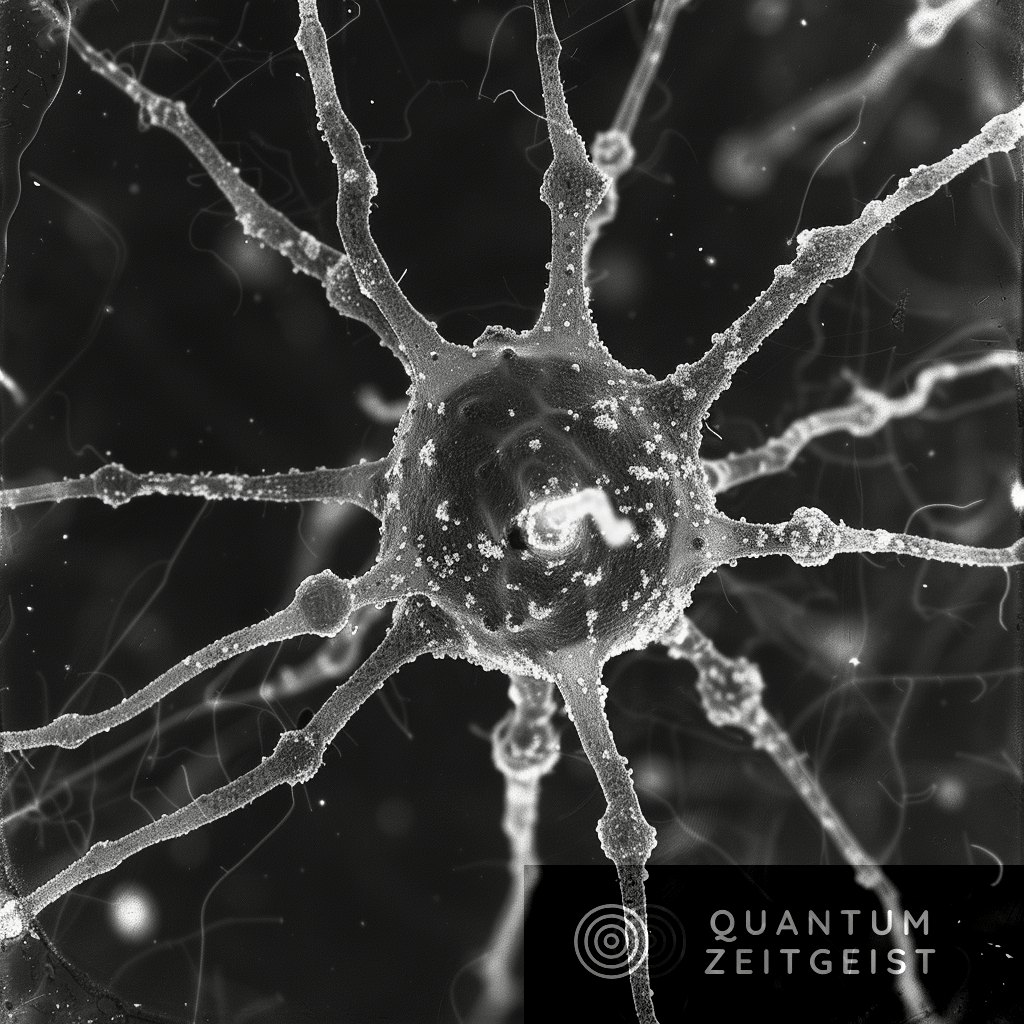Researchers have developed a new approach to solving groundstate problems in quantum systems, using hybrid groundstate quantum algorithms based on neural Schrödinger forging. The algorithm leverages the bipartition of quantum systems and uses an autoregressive neural network to overcome the challenge of exponential summation over potential basis states. The method has shown comparable or superior performance to existing entanglement forging techniques and can be applied to larger, nonpermutation-invariant systems. The algorithm’s versatility and resource control make it a promising tool for future quantum computing research and applications, including practical heuristic simulations and the study of strongly correlated systems.
What are Hybrid Groundstate Quantum Algorithms Based on Neural Schrödinger Forging?
Hybrid groundstate quantum algorithms based on neural Schrödinger forging are a new approach to solving groundstate problems in quantum systems. These algorithms leverage the bipartition of quantum systems to address these problems. The primary limitation of these approaches lies in the exponential summation required over the numerous potential basis states or bitstrings when performing the Schmidt decomposition of the whole system. To overcome this challenge, a method for entanglement forging employing generative neural networks has been proposed to identify the most pertinent bitstrings, eliminating the need for the exponential sum.
Through empirical demonstrations on systems of increasing complexity, it has been shown that the proposed algorithm achieves comparable or superior performance compared to the existing standard implementation of entanglement forging. Moreover, by controlling the amount of required resources, this scheme can be applied to larger as well as nonpermutation-invariant systems, where the latter constraint is associated with the Heisenberg forging procedure. The findings have been substantiated through numerical simulations conducted on spin models exhibiting one-dimensional rings, two-dimensional triangular lattice topologies, and nuclear shell model configurations.
How Does the Algorithm Work?
The algorithm relies on both neural networks and quantum circuits. More specifically, it considers Variational Quantum Eigensolver (VQE) based on entanglement forging (EF), a circuit-knitting strategy that effectively performs a Schmidt decomposition of the variational quantum state and optimizes the two sub-systems separately before reconstructing the entanglement classically. This procedure has the desirable properties of reducing the number of qubits while still reproducing the groundstate energy with high accuracy.
The main contribution of this paper is a Schrödinger forging procedure using an autoregressive neural network (ARNN). This method combines the versatility of Schrödinger forging with controlling the computational resources required via the introduction of a cutoff. Generative neural networks have already been proposed for EF, but only in the context of Heisenberg forging, which requires permutation symmetry of the two subsystems. The proposed method, however, does not require permutation symmetry between the two sub-systems, making it a more versatile approach to solving groundstate problems using quantum computers.
What are the Practical Applications of this Algorithm?
Besides computing groundstate energies, EF also allows practical heuristic simulations, notably in analyzing bipartite entanglement. This concept is fundamental in quantum mechanics as its measurement provides an understanding of the behavior of strongly correlated systems. For instance, bipartite entanglement has been used in condensed matter physics to study phenomena such as quantum phase transitions, topological order, and many-body localization.
Advances in experimental techniques have made it possible to measure entanglement entropy in a variety of condensed-matter systems over the past few years, revealing insights into their underlying quantum properties. The proposed algorithm naturally includes a cutoff in the number of basis states, limiting the required number of quantum circuits, making it a more practical approach for real-world applications.
How Does this Algorithm Compare to Existing Methods?
The proposed algorithm achieves comparable or superior performance compared to the existing standard implementation of entanglement forging. Moreover, by controlling the amount of required resources, this scheme can be applied to larger as well as nonpermutation-invariant systems, where the latter constraint is associated with the Heisenberg forging procedure.
The algorithm also has the advantage of not requiring permutation symmetry between the two sub-systems, making it a more versatile approach to solving groundstate problems using quantum computers. This is a significant improvement over existing methods, which often require permutation symmetry.
What are the Future Implications of this Research?
The research conducted by the team from the Institute of Physics Ecole Polytechnique Fédérale de Lausanne, the European Organization for Nuclear Research, and the Department of Nuclear and Particle Physics University of Geneva, has significant implications for the future of quantum computing and quantum mechanics.
The proposed algorithm not only improves upon existing methods for solving groundstate problems but also opens up new possibilities for practical applications in the field of quantum mechanics. The versatility of the algorithm, combined with its ability to control computational resources, makes it a promising tool for future research and applications in quantum computing.
Publication details: “Hybrid ground-state quantum algorithms based on neural Schrödinger forging”
Publication Date: 2024-04-04
Authors: Paulin de Schoulepnikoff, Oriel Kiss, S. Vallecorsa, Giuseppe Carleo, et al.
Source: Physical review research
DOI: https://doi.org/10.1103/physrevresearch.6.023021

